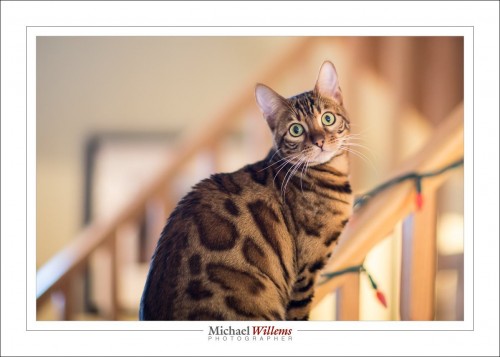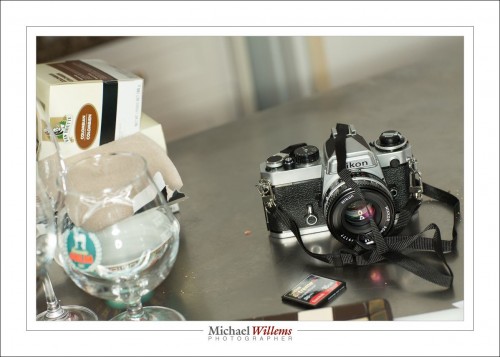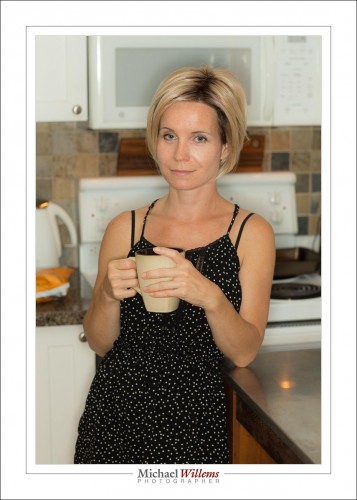Those blurred backgrounds we love? That’s why we have an SLR camera in the first place, right. A beginner’s note on this subject today.
As you know by now, a lower f-number (= a larger aperture) means a blurrier background. So a photo made at f/1.2, for instance, will have a blurrier background than one taken at f/32.
But the f-number is not the only thing that affects the depth of field (= how blurry the background is). The other two factors are:
- Proximity to subject. The closer you get to your sharp subject, the blurrier the background gets.
- Lens focal length. The longer the lens, the blurrier the background gets.
Take these two recent photos, both taken at f/5.6:
What is the difference?
The top picture was taken with a 16mm lens. The bottom pictures were taken with an 85mm lens. The 85mm lens is longer than the 16mm lens, so it gives us a narrower depth of field(= a blurrier background).
So you can only say: a lower f-number means a blurrier background, all other things remaining equal. In other words, you cannot necessarily say “f/4 will result in a blurry background”, or “f/16 will give you a sharp background”.
This is why using a prime lens is a good idea: you remove one variable, thus making it easier to get predictable results.
If this is not all clear to you, then do the following: with the camera in aperture mode or manual mode, go take pictures around the house, until you do get it. Try to alter only one variable at a time (i.e. do not alter zoom, distance and aperture all at the same time: you will have trouble seeing how it all works.





